Aphids beware: the earth-friendly greenhouse gardener has a secret weapon, and it’s homing in on you.
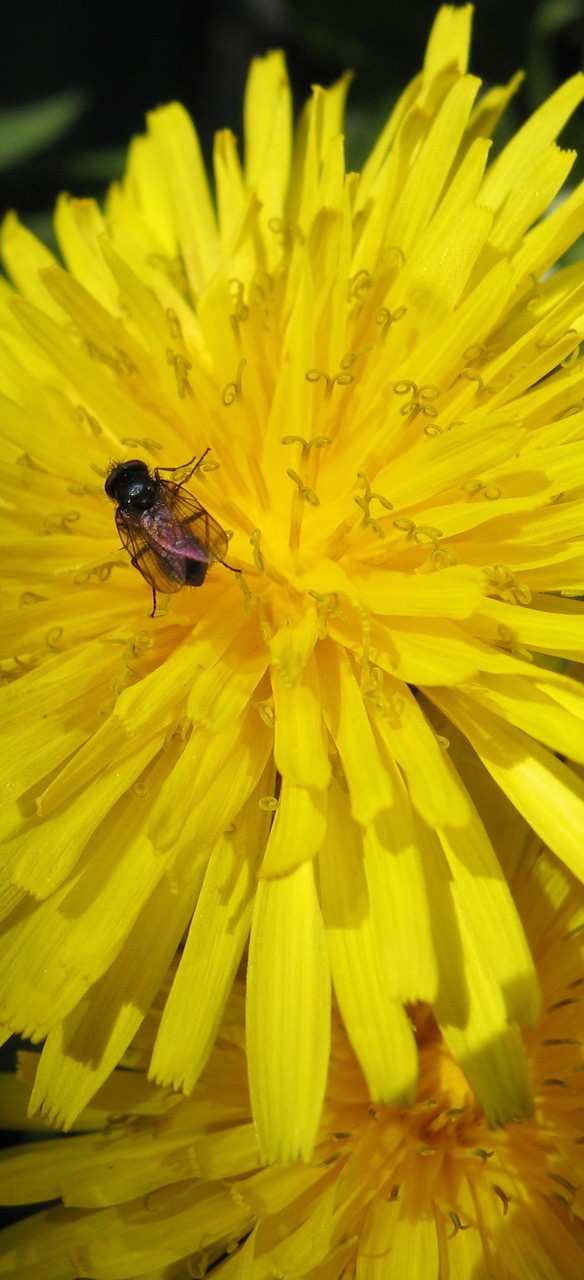
Don’t dwell on this for too long – it needs your quick-fire answer: which greenhouse gardening ally found in nature… is an acrobat, entertainer and plant pollinator, doesn’t bite or sting (although it fakes the latter), rids plants of pests by sucking the sheer life out of around 50 of them a day, can hold motionless in mid-air (and is capable of flying forwards and backwards, powered by 120 wing beats per second), has learnt the wily art of mimicry from bees and wasps, finds simple and open, pollen- and nectar-rich flowers irresistible, and is – as an adult – beautiful, beguiling and utterly mesmerising?
The answer is buzzing and darting among my oh-so-late-to-flower potted strawberries as I write, zipping in and out of my greenhouse at will, using the ebbing spring flush of dandelion flowers to refuel. You guessed it, didn’t you? It’s the hoverfly. May’s bursts of (so far) perfect, paradisiacal weather have brought them into my garden with a quiet bang. First they came to the earliest dandelion flowers – including those Jack-piss-the-bed I grow in pots – then, as the strawberries bloomed, egged on by May’s sunshine, they set to work. Flitting from flower to flower, and pushing gently among the forest of miniature stamens and stigmas, they’re guaranteeing me a bumper crop of berries. (I had to smile at a recent report which found that in scientific trials, commercial crops of polytunnel-grown strawberries produced fewer malformed fruits, and better-quality, bigger fruits, when hoverflies were key to their pollination; the results showed that they’re even more potent crop pollinators than bees. Don’t you just love it when horticulture catches up with earth-friendly, organic gardening?) Pollination, sorted.
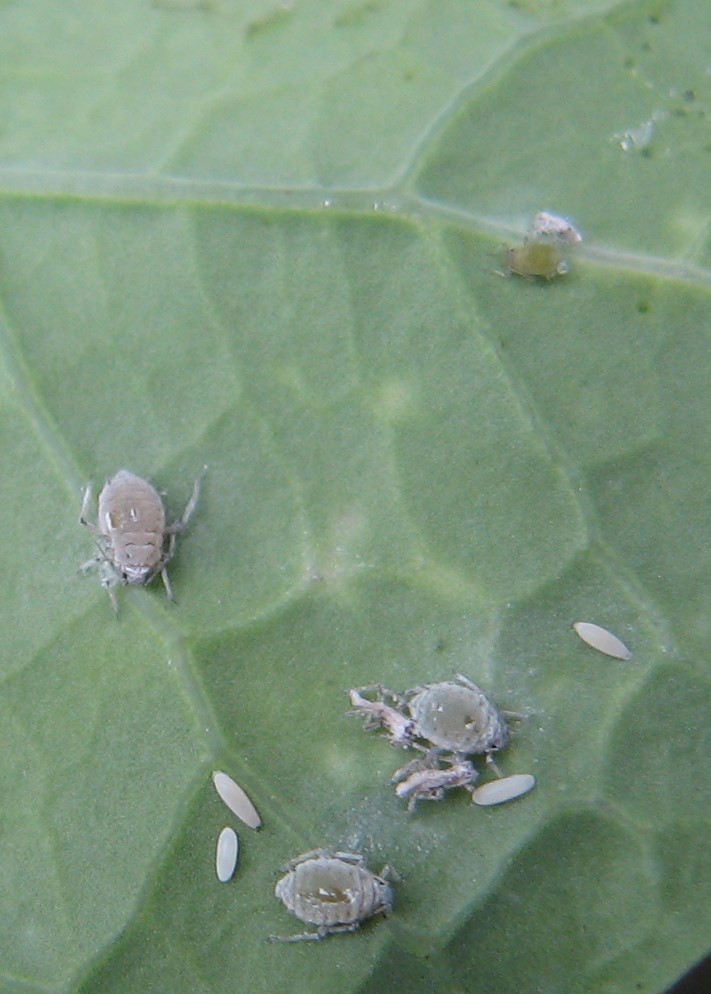
Hoverflies can’t claim all the credit for my impending berry-fest; solitary bees and bumblebees, miscellaneous minuscule flies, some solitary wasps and a few orange-tip butterflies have joined in, but it’s hoverflies which are the pollen-swapping stalwarts. Just sitting and watching them is a lesson in airborne brilliance, and it’s this which makes them such must-haves if much of your gardening goes on under cover. While most insects can easily become trapped inside a greenhouse, hoverflies are nimble enough to zip in and out as they please. But they’re not just joy-flying; apart from searching out sources of energy-rich nectar and pollen (hoverflies are among the few insects which can actually digest plant pollen, a rich source of protein for their eggs), adult hoverflies are seeking out something else: food for their ugly offspring. For a third of the 300 hoverfly species found in the UK, that food is aphids (greenfly or blackfly if you like).
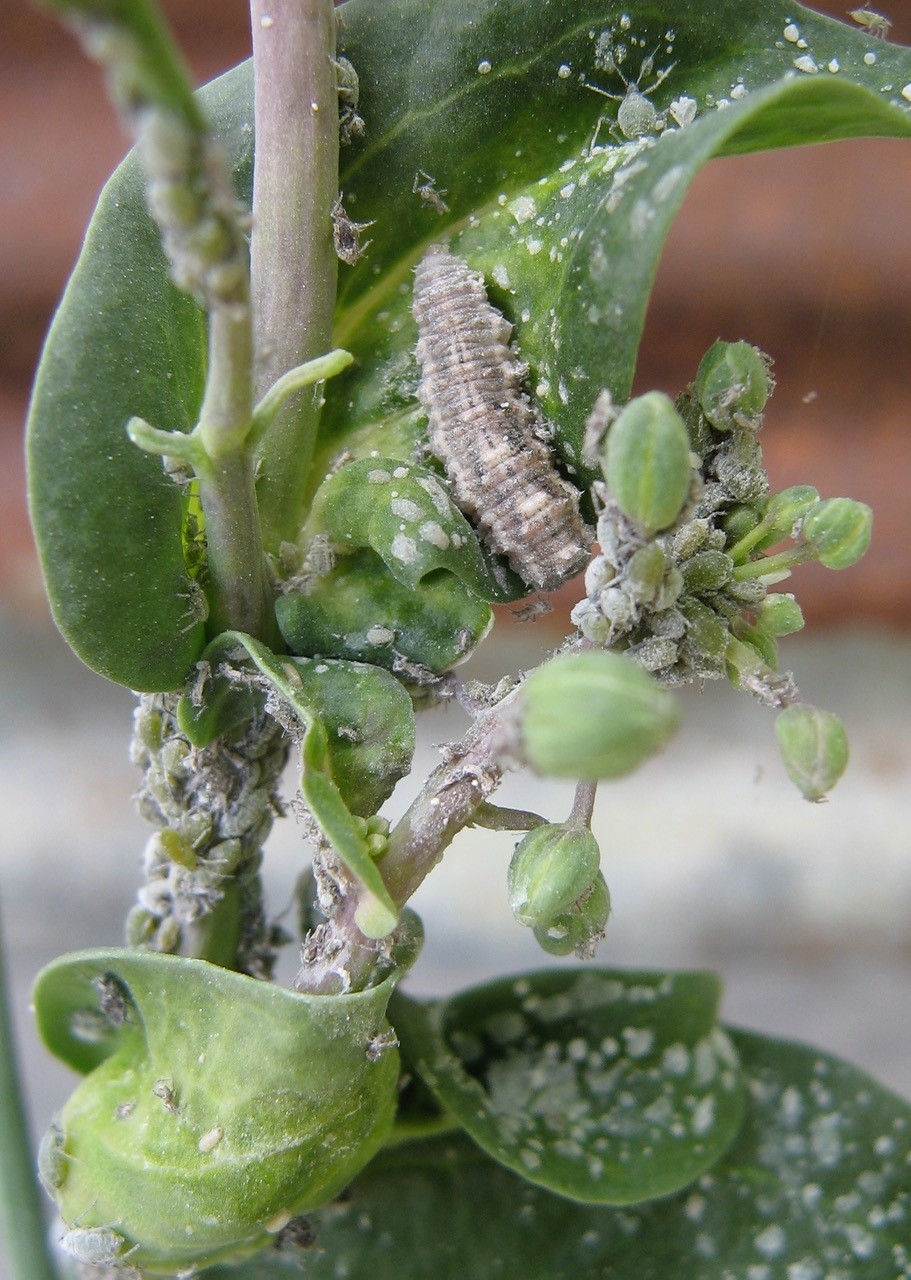
After mating, a female adult hoverfly can lay up to 100 tiny, pill-shaped eggs. These hatch within days into legless, maggot-like larvae that resemble lumps of dull, animated snot. Each larva can eat around 50 aphids – that’s 5,000 dispatched pests per egg-laying female. Impressive, eh? It’s no wonder researchers are (somewhat belatedly) hailing the hoverfly as another natural ally that’s helping fruit growers move (for free) away from the use of synthetic chemical pesticides. I find few things more therapeutic than watching a female hoverfly carefully laying her eggs among a colony of aphids; they are tiny pale time bombs that mean the sap-suckers’ days are numbered. This might seem like random behaviour – plonk an egg here and there and cross your wings for the best – but it’s anything but.
Research shows that adult hoverflies will only lay their eggs on plants that they can ‘smell’ are giving off just the right signal – a combination of ‘alarm pheromones’ released by aphids and volatile chemicals released by the plants themselves. This unique combination guides the hoverfly to those plants where an aphid invasion is either imminent or underway. Other findings showed that egg-laying can also be triggered when hoverflies detect the sticky, glinting ‘honeydew’ that aphids excrete (which hoverflies can also use as flight-fuel). There’s nothing hit-and-miss about the hoverflies’ operating system, and the benefit of this to us gardeners is massive: it means that whether we spot just a handful of newly-arrived aphids, or discover a full-blown colonisation underway, hoverflies will be ready to fly in and do their targeted stuff. And what stuff it is.
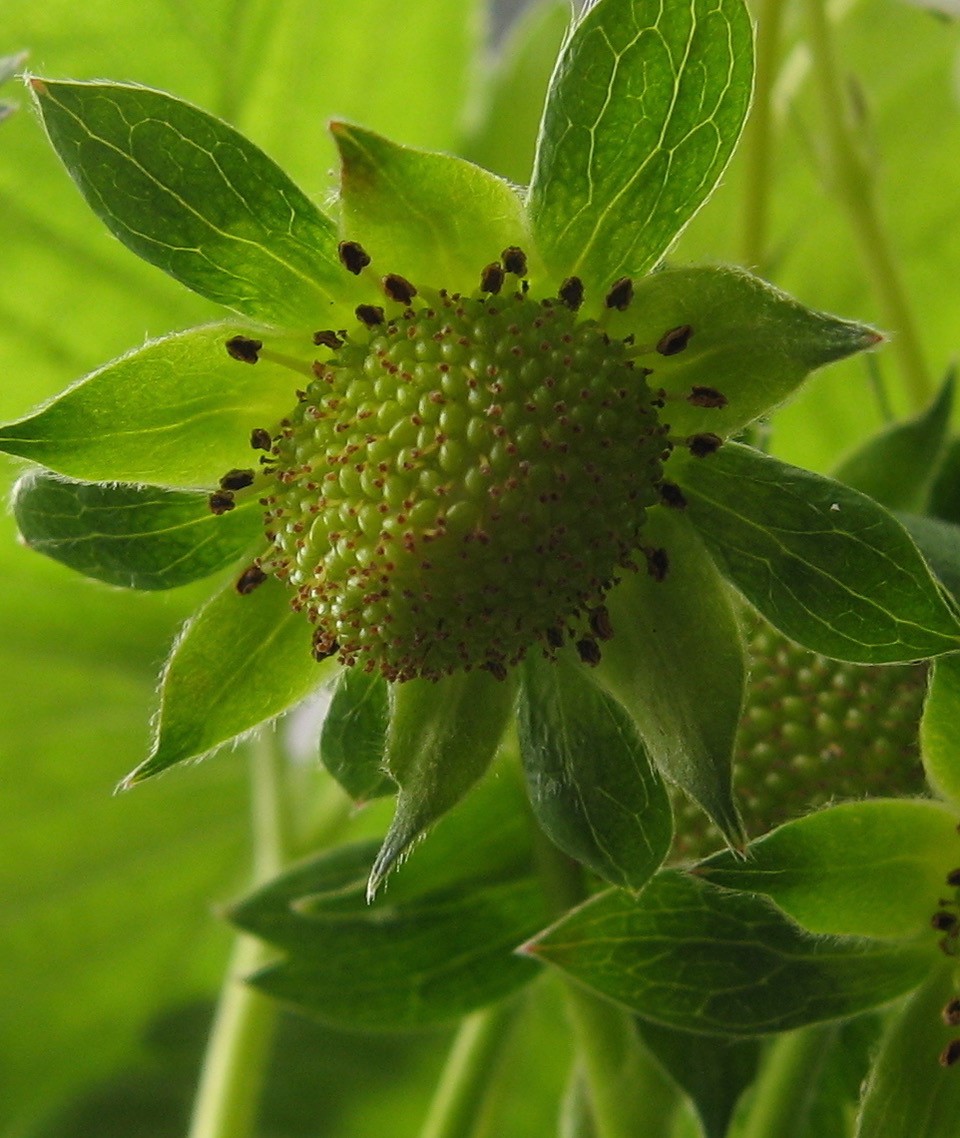
Once the eggs hatch, after a few days, the larvae crawl about, grabbing aphids in their mouthparts and literally sucking them dry of their bodily fluids. These voracious grubs will go wherever the, er, grub is, ranging over the entire surface of an aphid-besieged plant, and almost always achieving a 100% clean-up rate. Conveniently for us, many hoverfly larvae are almost transparent, so it’s possible to see their busy guts at work; in a fully-grown centimetre-long larva, this is easily visible to the naked eye (go on, you know you want to). Once engorged on aphids, the mature beast-like larvae sidle away, spin themselves a cocoon, and turn into a puparium, which then splits forth into another winged beauty. Then they find a mate and do it all over again; from egg to imago takes only around a month, so there can be up to seven generations each year. Aphids, sorted.
It’s boom time for hoverflies on my patch right now. They come in all shapes, sizes and colours, and they don’t all eat aphids (some munch on pests like thrips). The water-dwelling larvae of some, also known as ‘drone flies’ (because of the adult fly’s likeness to worker honeybees), eat decaying organic matter. They often live in pools of dirty, stagnant water, breathing through an elongated tail (check out the Hoverfly Lagoon Project). Some adult hoverflies resemble bumblebees and wasps, mimicking their bright colours as a warning to would-be predators, but they don’t sting. They might try and fool you – by bending their abdomen toward your skin – but it’s just a six-legged ruse.
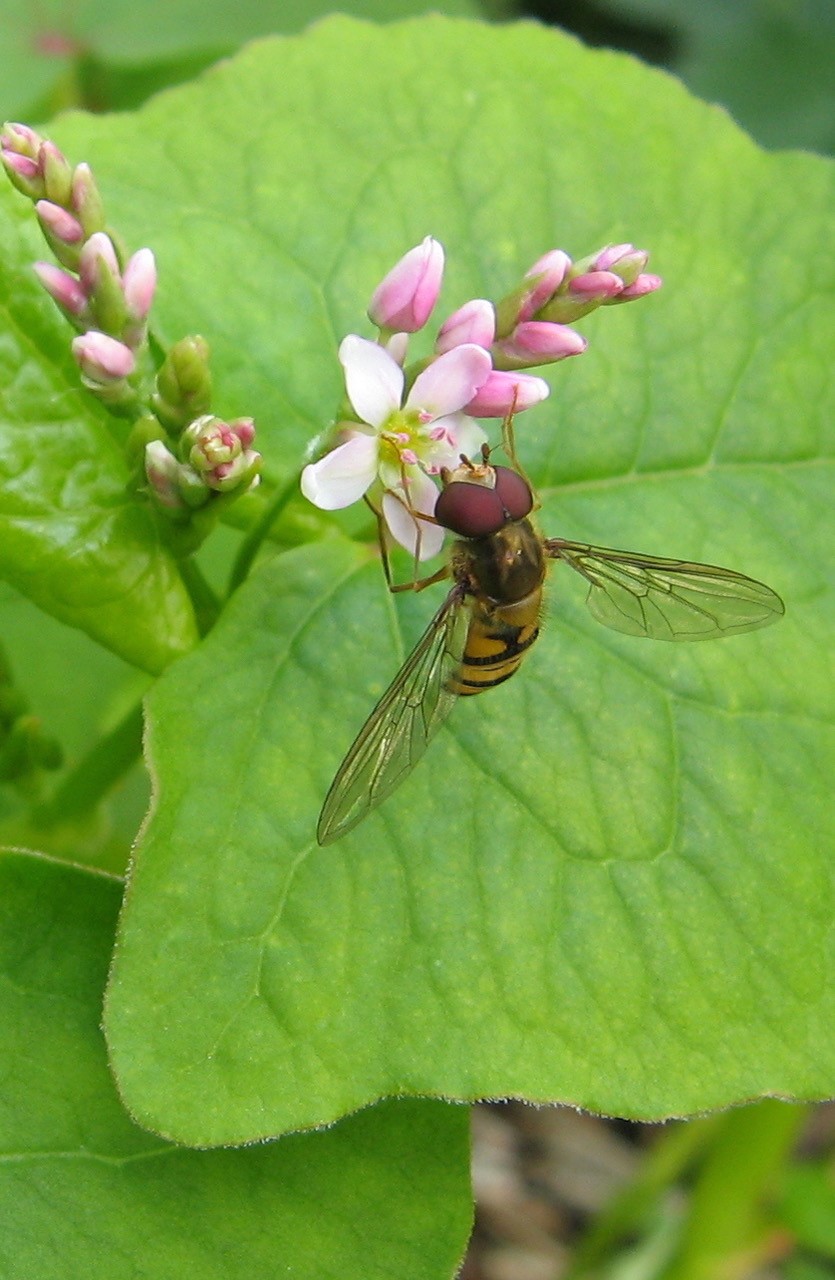
Bringing in hoverflies is easy; just grow plenty of simple, straightforward flowers which adult hoverflies can forage with their short mouthparts. Dandelions kick things off here, followed by single-flowered pot marigolds (Calendula), buckwheat, borage and fennel. Adult hoverflies swarm to the flat ‘landing pads’ of hogweed, and to the insect-luring pink heads of wild angelica that spring up on the wild, untamed banks below my garden. As an extra incentive for adult hoverflies to check out my greenhouse for aphids, I plant a single-flowered Tagetes at the base of each tomato.
If there’s one airborne gardening ally you can rely on, it’s the hoverfly. These beauties that emerge from beasts are as smart as they are abundant. So forget the aphids and let hoverflies enchant you – all summer long.
Text and images © John Walker
Find John on Twitter @earthFgardener


